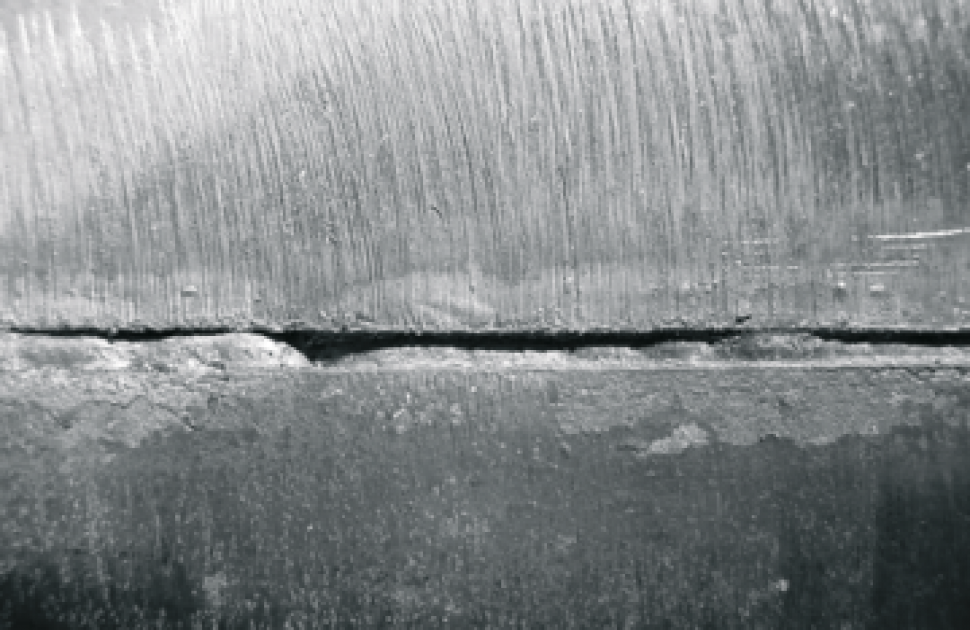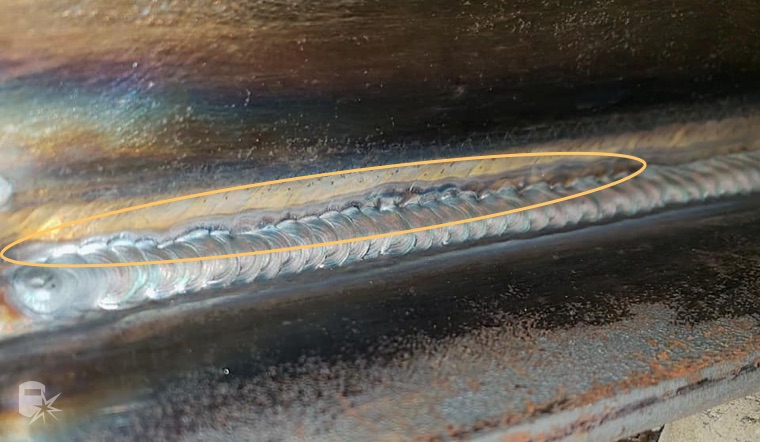Your Full Manual to Preventing Weld Undercut Like a Pro
Your Full Manual to Preventing Weld Undercut Like a Pro
Blog Article
Understanding the Art of Welding: Just How to Stay Clear Of Undercut Welding Issues for Flawless Fabrication Results
By comprehending the root triggers of undercut welding and implementing effective techniques to prevent it, welders can raise their craft to brand-new levels of excellence. In the search of perfect fabrication outcomes, grasping the art of welding to avoid undercut concerns is not simply an ability yet a need for those making every effort for excellence in their job.
Understanding Undercut Welding

To avoid undercut welding, welders must make certain correct welding criteria, such as adjusting the current, voltage, travel speed, and maintaining the correct electrode angle. By understanding the causes of undercut welding and implementing precautionary steps, welders can accomplish premium, structurally audio welds.
Reasons of Undercut in Welding
Comprehending the aspects that contribute to undercut in welding is important for welders to create premium, structurally sound welds. When the weld metal does not properly load the groove developed between the base metal and the formerly deposited weld metal, damaging takes place. A number of aspects can result in undercut in welding. One usual reason is extreme heat input. Welding at heats for extensive periods can lead to the base steel thawing more than preferred, bring about damage. Inadequate welding existing or inaccurate welding speed can additionally add to undercut. Not enough current may not give sufficient heat to thaw the base and filler metals adequately, while too much speed can protect against appropriate blend, triggering undercut. In addition, incorrect electrode angles or wrong torch adjustment techniques can develop areas of low weld steel deposition, promoting undercut. Recognizing these causes and applying proper welding methods can aid prevent undercutting problems, ensuring resilient and solid welds.
Strategies to Protect Against Undercutting

To reduce the danger of damaging in welding, welders can use strategic welding strategies targeted at improving the high quality and honesty of the weld joints. One reliable approach is to readjust the welding criteria, such as voltage, existing, and take a trip speed, to make sure appropriate warm input and deposition. Maintaining a suitable electrode angle and guaranteeing consistent travel rate can additionally assist prevent undercut. Additionally, making use of the proper welding strategy for the certain joint setup, such as weave or stringer beads, can contribute to lowering damaging. Preventing weld undercut.
Furthermore, correct joint preparation, including making sure clean base products totally free of contaminants and utilizing the suitable welding consumables, is crucial in stopping undercut problems. Using back-step welding techniques and regulating the weld bead account can also assist distribute warm evenly and lessen the risk of undercut. Routine inspection of the weld joint throughout and after welding, along with carrying out quality control actions, can aid in finding and addressing damaging problems promptly. By carrying out these strategies diligently, welders can accomplish remarkable fabrication results with very little undercut flaws.
Importance of Proper Welding Parameters
Selecting and maintaining ideal welding parameters is essential for achieving successful published here welds with minimal defects. Welding parameters describe variables such as voltage, existing, take a trip speed, electrode angle, and shielding gas flow price that straight affect the welding process. These criteria must be carefully readjusted based upon the sort of material being bonded, its density, and the welding method utilized.
Proper welding criteria make sure the ideal amount of heat is related to thaw the base steels and filler material evenly. If the criteria are established as well high, it can lead to excessive warmth input, triggering burn-through, spatter, or distortion. On the other hand, if the specifications are too low, incomplete combination, absence of infiltration, or damaging may happen.
Quality Control in Welding Procedures

Final Thought
Finally, understanding the art of welding calls for a comprehensive understanding of undercut welding, its causes, and strategies to stop it. By making certain appropriate go to website welding specifications and executing quality guarantee techniques, perfect construction results can be attained. It is necessary for welders to constantly strive for quality in their welding procedures to avoid undercut concerns and generate high-quality welds.
Undercut welding, an usual issue in welding processes, occurs when the weld steel doesn't properly load the groove and leaves a groove or anxiety along the welded joint.To stop undercut welding, welders ought to make certain appropriate welding parameters, such as changing the current, voltage, traveling speed, and preserving the correct electrode angle. Inadequate welding incorrect or existing welding rate can also add to undercut.To alleviate the danger of undercutting see this in welding, welders can utilize strategic welding methods intended at enhancing the top quality and integrity of the weld joints.In final thought, understanding the art of welding requires a detailed understanding of undercut welding, its causes, and methods to stop it.
Report this page